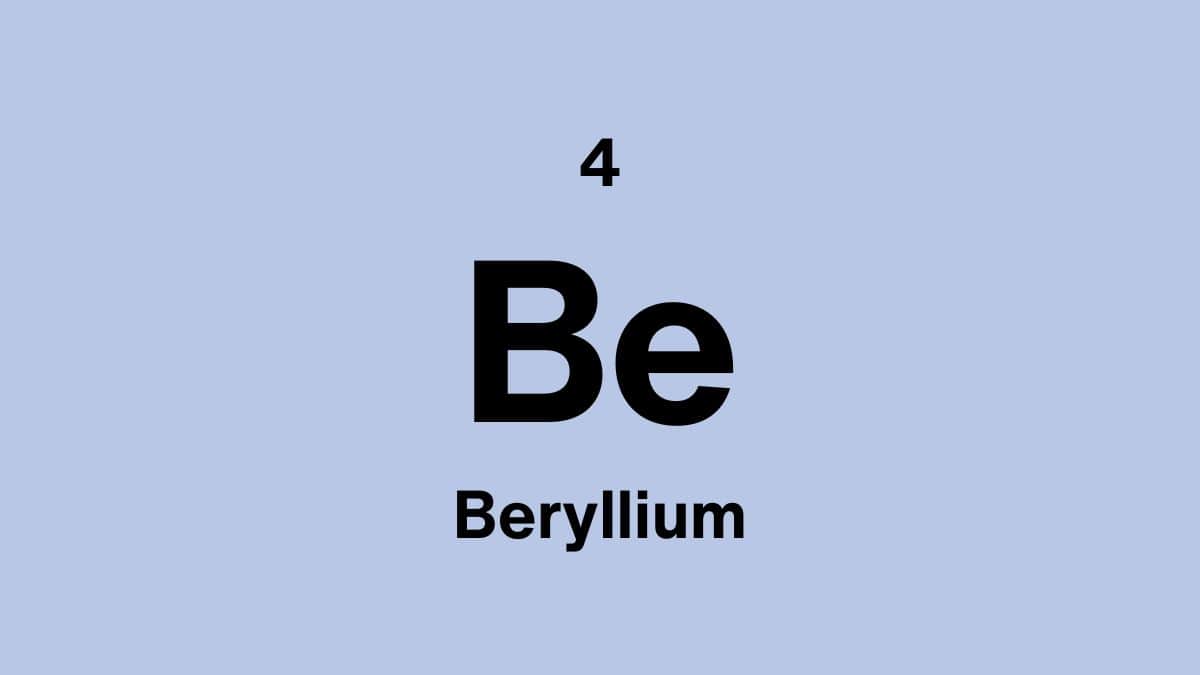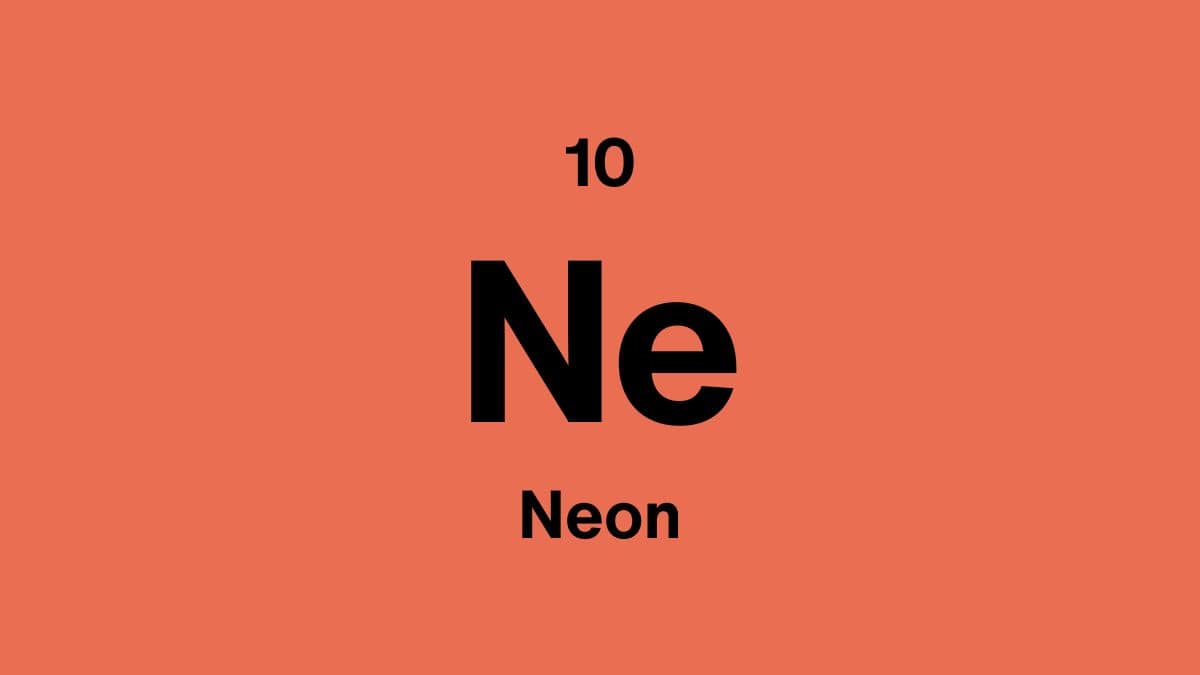Molybdenum Revealed: The Metal Strengthening Steel and Catalysts
Molybdenum is a transition metal with a very high melting point, excellent corrosion resistance, and strength at elevated temperatures. It is primarily used in steel alloys, high-performance electronics, catalysts, and chemical equipment. Its unique combination of thermal stability and hardness makes it vital in industrial and technological applications.
In this article, we explore molybdenum's properties, natural sources, industrial uses, and main compounds.
Properties of molybdenum
| Atomic Number: | 42 |
| Atomic Symbol: | Mo |
| Atomic Weight (amu): | 95.95 |
| Electronegativity: | 2.16 |
| Melting point: | 2623.00°C | 4753.40°F | 2896.15K |
| Boiling point: | 4639.00°C | 8382.20°F | 4912.15K |
What does molybdenum look like?
Molybdenum is a silvery-gray metal with a metallic luster. It retains its appearance under high temperatures and resists corrosion, making it suitable for structural and industrial uses.
Will we ever run out of molybdenum?
Molybdenum is relatively abundant compared with other transition metals. The largest producers are China, the United States, and Chile, ensuring a steady industrial supply for steel, electronics, and catalysts.
Can molybdenum be recycled
Yes, molybdenum can be recycled from steel alloys, industrial residues, and electronic components. Recycling reduces resource consumption and environmental impact.
Recycled molybdenum is commonly sourced from:
- Scrap from stainless steel and high-strength alloy production
- Industrial residues from chemical and catalyst manufacturing
- Used electronics containing molybdenum films and components
Where can molybdenum be found?
Molybdenum is mainly extracted from the mineral molybdenite (MoS2). Large-scale mining occurs in China, the United States, Chile, and Canada. It often occurs in porphyry copper deposits as a byproduct of copper mining.
Is molybdenum expensive?
Molybdenum is moderately priced due to its relative abundance, high demand in steel alloys, and specialized industrial applications.
Does molybdenum have a biological role?
Molybdenum is an essential trace element for many organisms, acting as a cofactor in certain enzymes for nitrogen fixation and other metabolic processes.
What is pure molybdenum used for?
- Steel Alloys: Improves hardness, corrosion resistance, and high-temperature strength.
- Catalysts: Molybdenum compounds serve as catalysts in petroleum refining and chemical reactions.
- Electronics: Used in thin films and components in semiconductors.
- Chemical Equipment: Resists corrosion in reactors and piping handling acidic or high-temperature substances.
What are the main compounds with molybdenum?
- Molybdenum Trioxide (MoO3) : Used in catalysts, electronics, and as a precursor for other molybdenum compounds.
- Molybdenum Disulfide (MoS2) : A solid lubricant and additive in high-temperature and high-pressure applications.
- Molybdenum Alloys : Used in steel alloys, electronics, and high-temperature industrial applications.
Who discovered molybdenum?
Molybdenum was discovered by Swedish chemist Carl Wilhelm Scheele in 1778, who identified it in the mineral molybdenite. Later, Peter Jacob Hjelm successfully isolated the metal in 1781.
Is molybdenum dangerous?
Metallic molybdenum is generally non-toxic. Some molybdenum compounds can be hazardous if ingested or inhaled, so standard laboratory and industrial safety measures apply.
Fun facts about molybdenum
- Molybdenum has one of the highest melting points among transition metals.
- Its disulfide form is used as a lubricant in extreme conditions, including space applications.
- Molybdenum steel alloys are critical for jet engines, pipelines, and nuclear reactors.
- It plays a biological role in enzymes such as nitrogenase and xanthine oxidase in plants and animals.
Scientific data verified from RSC, Britannica, and the Minerals Education Coalition.



